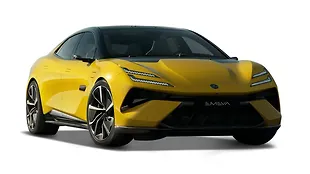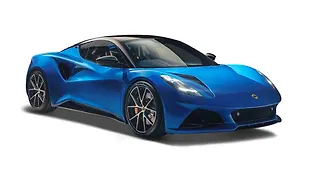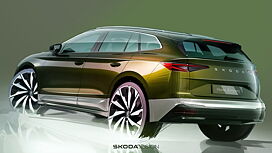
The Harrier is the newest SUV from Tata and is the first of its kind from the Indian car maker. Finally, Tata will give us what we have been praying for a decade ever since the Indian conglomerate took over the British brand from Ford. The Harrier gets Land-Rover derived underpinnings, a brand new engine and a whole lot of features too. From what we understand, Tata may look to wedge it between the Compass and the Creta in the Indian market and once we begin the comparison, you will know why. We will be evaluating the second to base trims of the Creta SX diesel and the Harrier XM diesel to make sure we have a fair competition.
Design and platform
Tata has localised Land Rover’s D8 platform, the one that underpins the Discovery Sport, for Indian sensibilities while not compromising on its dynamic abilities. Which means, the Harrier is a Land Rover underneath and will be capable both on and off the road. The Creta is a soft-roader and a truly urban SUV with manageable abilities off the road.
The Harrier also tips the scale in terms of dimensions. At 4598mm, it is a whole 328mm longer than the Creta and 114mm wider than the Hyundai. Although both are five-seaters, the Harrier will offer far more space, in the cabin as well as in the boot, than the Creta. Also, Indians love large SUVs, which means the Harrier will fancy its chances at being an instant hit.
Interior and features
The Hyundai Creta has set the benchmark in this department with its simple but excellent quality interiors and by offering the buyers a long feature list. While the feature list is a little restricted on the lower trims, the SX gets automatic climate control, electric folding mirrors, height adjustable driver seat, adjustable steering, so on and so forth.
The Harrier also gets air-conditioning, electric mirrors, height adjustable driver seat, all four power windows and central locking with remote, but it misses out on push button start. On the other hand, the Harrier has a larger cabin and a bigger boot, which means it is more comfortable for the three occupants in the back with the extra legroom and shoulder room.
In terms of safety, both the SUVs get dual front airbags and ABS with EBD along with ISOFIX mounts for child seats along with daytime running lamps
Engine and gearbox
The Hyundai Creta is powered by a 126bhp/260Nm turbocharged 1.6-litre four-cylinder diesel engine. It comes mated to a six-speed manual gearbox and delivers 19.67kmpl as rated by the ARAI. The Harrier used the larger 2.0-litre turbo-diesel which is also found on the Jeep Compass. For Tata, the 2.0-litre produces 138bhp power and 350Nm of torque and also comes mated to a six-speed manual transmission. We expect the Harrier to return about 18kmpl. Also, with more power and torque, the Harrier is expected to be faster despite being larger.
Conclusion
The Tata Harrier, thanks to its size, certainly offers more car than the Hyundai Creta. Ideally, for its size, the Harrier is even larger than the Compass, almost as big as the Tucson. Even in terms of engine and performance, the Harrier has an edge over the Creta. With the recent improvements in quality and fit and finish, Tata should be able to match Hyundai’s benchmark. It all depends upon how the Harrier is priced and if it is positioned closer to the Creta and below the Compass, it certainly has a great chance of success in the ever-growing SUV segment.

![Tata Harrier [2019-2023] Image Tata Harrier [2019-2023] Image](https://imgd.aeplcdn.com/272x153/n/cw/ec/32958/tata-harrier-right-front-three-quarter58.jpeg?q=80)
![Hyundai Creta [2018-2019] Image Hyundai Creta [2018-2019] Image](https://imgd.aeplcdn.com/272x153/cw/ec/34305/Hyundai-Creta-Exterior-127803.jpg?wm=0&q=80)
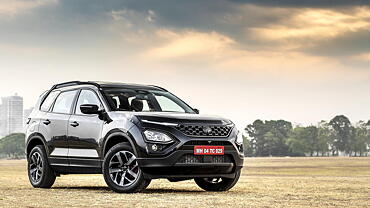

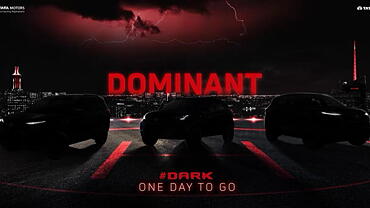



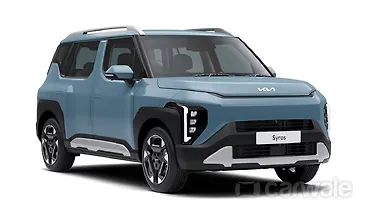
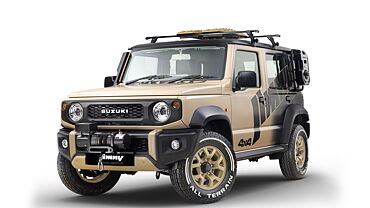


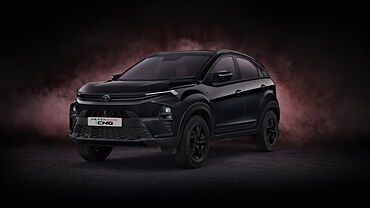



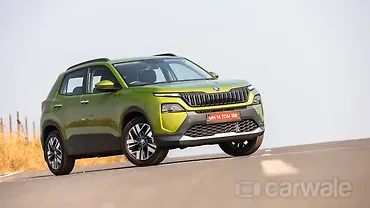
![Tata Harrier [2019-2023] Right Front Three Quarter Tata Harrier [2019-2023] Right Front Three Quarter](https://imgd.aeplcdn.com/199x112/n/cw/ec/32958/tata-harrier-right-front-three-quarter58.jpeg?q=80)
![Tata Harrier [2019-2023] Right Front Three Quarter Tata Harrier [2019-2023] Right Front Three Quarter](https://imgd.aeplcdn.com/199x112/n/cw/ec/32958/harrier-exterior-right-front-three-quarter-53.jpeg?q=80)
![Tata Harrier [2019-2023] Right Front Three Quarter Tata Harrier [2019-2023] Right Front Three Quarter](https://imgd.aeplcdn.com/199x112/n/cw/ec/32958/harrier-exterior-right-front-three-quarter-54.jpeg?q=80)
![Tata Harrier [2019-2023] Dashboard Tata Harrier [2019-2023] Dashboard](https://imgd.aeplcdn.com/199x112/n/cw/ec/32958/harrier-interior-dashboard.jpeg?q=80)
![Tata Harrier [2019-2023] Dashboard Tata Harrier [2019-2023] Dashboard](https://imgd.aeplcdn.com/468x263/n/cw/ec/32958/harrier-interior-dashboard-2.jpeg?isig=0&q=80)










